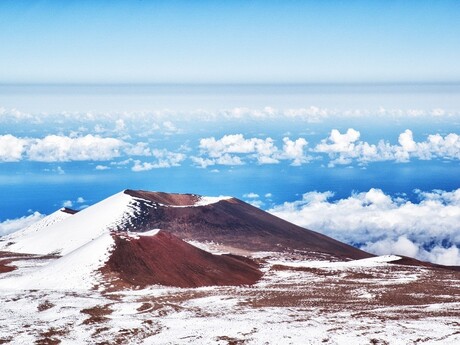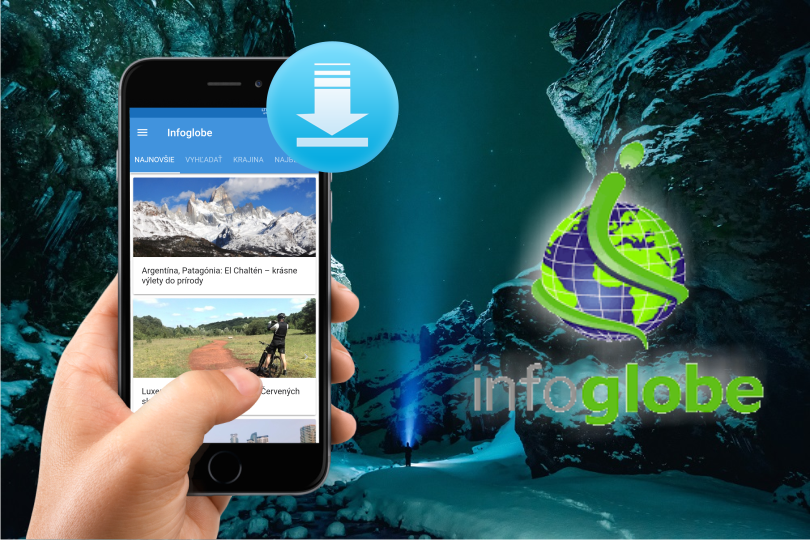USA, Hawaiian Islands – In the Middle of the Pacific II.

Winter Reading Is Brought to You By:
Mauna Kea’s role in spiritual life of the native inhabitants of the Hawaiian islands is very important. It is the holiest of places. Locals got food from Mauna Kea’s deep woods and used basalt to create various tools. Once only ali'I, basically nobility, were permitted to travel to the summit.
However, only few forests remained compared to what was there originally as in the early 19th century, sugar cane was introduced and trees were cut to make way to plantations. Bulk of sugar cane was exported to the United States.
Since the 1940s Mauna Kea has became more accessible to tourists. In 1943, Saddle Road was opened. It is 85 kilometers long and spans from the city of Hilo on island’s east coast up to the mountain. For a long time, Saddle Road had been considered one of the most dangerous road in the state. It is also one of the few roads in the world which can take you from sea level to 4200 meters of altitude in two hours. You have to count on some nausea or sickness. It is not recommended for pregnant women, old people, or children younger than 16 years of age to travel in such altitude.
The government put only minimal care into road’s renovations since the end of the 1950s. The road decayed. But recently it has been repaired so cars are allowed again.
You should stop by at the visitor center at 2800 meters if you intend to climb Mauna Kea. At the center you learn all important information and get some advice for your undertakings. Note that the summit opens to tourist half-an-hour before sunrise and closes half-an-hour past sundown.
You can hike to the top on foot. The trail has 10 kilometers in length. It starts at the visitor center and takes you up to 4200 meters. On average it takes about 8 hours to get to the summit. Also, don’t forget that it is really cold up there (there is permanent snow cap) – so we advise you to wear some warm cloths.
(To be continued...)
GPS: 19°49'14.3"N 155°28'05.5"W
Text: Maxim Kucer
Photo: Pixabay.com, Wikipedia.org: W Nowicki, USGS, Siowl, Siowl (2), Alan L
| Discussion at the article (0) |
Related Articles

USA, Hawaiian Islands– In the Middle of the Pacific I.

USA, Hawaiian Islands – In the Middle of the Pacific III.

USA, Hawaiian Islands– In the Middle of the Pacific IV.

USA, Hawaiian Islands – In the Middle of the Pacific V.

USA, Hawaiian Islands– In the Middle of the Pacific VI.

USA, Hawaiian Islands – In the Middle of the Pacific VII.

USA, Hawaiian Islands – In the Middle of the Pacific VIII.
Related Photogallery

USA: Alaska - Fauna

USA: Nature of Alaska
Guide:
Important Information:
![]() Information and warnings on travelling abroad is to be found HERE.
Information and warnings on travelling abroad is to be found HERE.






























